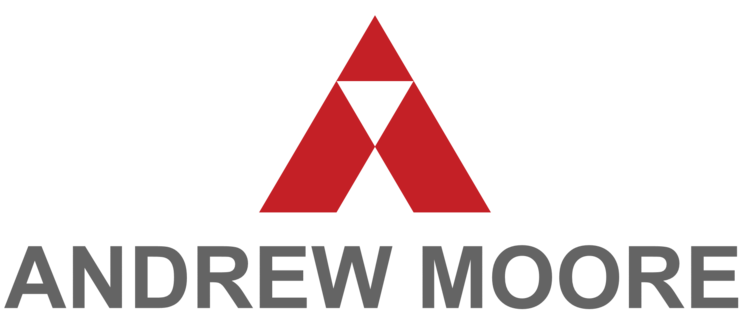Understanding user with Cisco Systems
Understanding users
People learn in many ways, with different personality types in turn affecting these learning styles. Cisco, a networking hardware, software and telecommunications company, needed a way to standardize the various types of learners that engage with their teaching and learning management platforms. My team at Throughline worked with Cisco to generate a “deck of cards” depicting the various ways in which a person learns, along with different characteristics about their current employment situation, motivation attributes and other personal characteristics. Cisco then assigns the cards to individual learners, whom they steer through Cisco’s ideal learning pathway.
Mongolia, 2016
Global perspective
Great design depends on great research. In order to perform great research, I fully commit myself to the task and get involved at the ground level. Whether that involves studying insects in France's Luberon Valley or the daily habits of horse herders in Mongolia's Gobi Desert, I work to get answers to hidden questions and turn those answers into opportunities.
Conducting an interview
Finding pain points
Thorough research can help find pain points for users and identify opportunities for design solutions. By reaching out to stakeholders on a personal level and conducting deep-diving interviews, I seek out the individual stories that direct design decisions.
Affinitizing data points.
Thoughtful synthesis
By applying design thinking processes to raw data, meaningful insights can be discovered. Data can be turned into information, and information can become knowledge.




